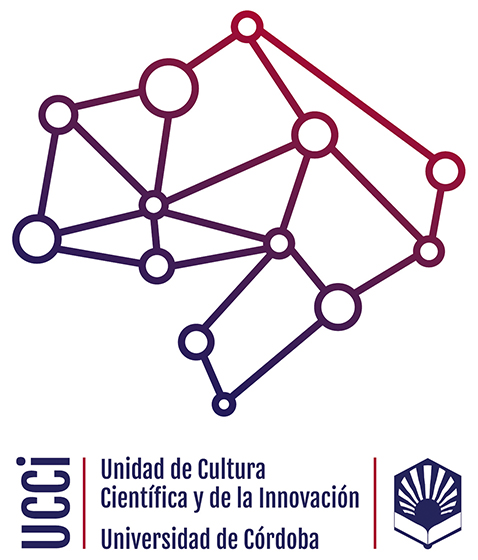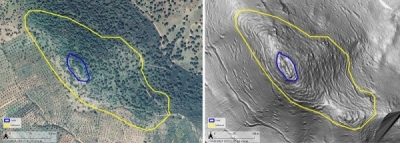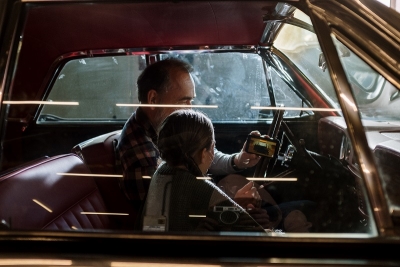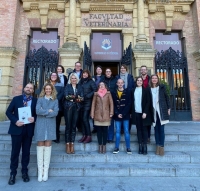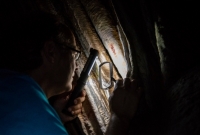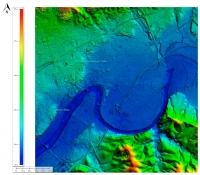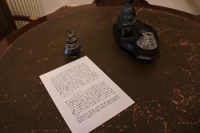Lidar Technology Discovers New Remnants of El Viandar Castle Under the Forest Canopy
Escrito por UCC+iA team from the University of Cordoba is using a new technology to reveal archaeological data without affecting nature
An atmosphereof intrafamily trust tends to prevent problematic Internet use, cybergossipand cyberbullying
Escrito por UCC+iA study by the University of Cordoba finds that strongcommunication within the familytends to reduce"cybergossip" and the overuse of social media, two key components of virtual bullying.
TEACUP PROJECT | Teaching languages combined with cultures, key to the education of the future
Escrito por UCCiThe Teacup Project will help foreign language teachers incorporate cultural aspects into their classes
Doubts about the Nerja cave art having been done by Neanderthals
Escrito por UCC+iPrehistory research staff at the University of Cordoba is investigating the reliability of Uranium-thorium dating for a chronological study of Paleolithic art and is contesting that Neanderthals made the Paeolithic art in Spanish caves.
21st century archaeology has rediscovered historical Cordoba
Escrito por UCC+IUniversity of Cordoba researcher Antonio Monterroso Checa applied aerial laser LiDAR technology to draw out the ancient geomorphology of the city of Cordoba
Researchers at the University of Cordoba and Nova University in Portugal have replicated five medieval inks using 15th and 16th century recipes
The fact that historical archives, libraries, museums, writing workshops and even monasteries, currently conserve medieval manuscripts is not only a question of heroes or ordinary people who went through the trouble to save them, passing them down from one generation to the next, or who hid them so they would not be destroyed. The materials used to write and draw upon paper were crucial so that surviving written texts can be read, translated and interpreted nowadays.

